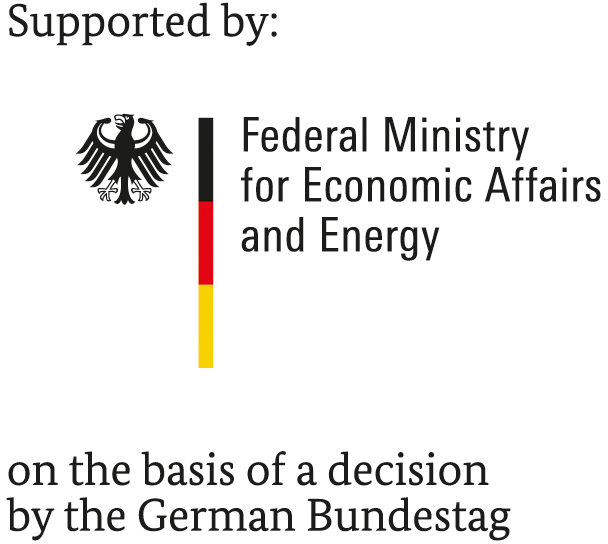Modeling the control of DNA replication in fission yeast.
Description
Formats
- Systems Biology Markup Language Level 3 Version 1 Core
- Systems Biology Markup Language Level 2 Version 5
Links
Modeling the intracellular dynamics of influenza virus replication to understand the control of viral RNA synthesis.
Description
Influenza viruses transcribe and replicate their negative-sense RNA genome inside the nucleus of host cells via three viral RNA species. In the course of an infection, these RNAs show distinct dynamics, suggesting that differential regulation takes place. To investigate this regulation in a systematic way, we developed a mathematical model of influenza virus infection at the level of a single mammalian cell. It accounts for key steps of the viral life cycle, from virus entry to progeny virion release, while focusing in particular on the molecular mechanisms that control viral transcription and replication. We therefore explicitly consider the nuclear export of viral genome copies (vRNPs) and a recent hypothesis proposing that replicative intermediates (cRNA) are stabilized by the viral polymerase complex and the nucleoprotein (NP). Together, both mechanisms allow the model to capture a variety of published data sets at an unprecedented level of detail. Our findings provide theoretical support for an early regulation of replication by cRNA stabilization. However, they also suggest that the matrix protein 1 (M1) controls viral RNA levels in the late phase of infection as part of its role during the nuclear export of viral genome copies. Moreover, simulations show an accumulation of viral proteins and RNA toward the end of infection, indicating that transport processes or budding limits virion release. Thus, our mathematical model provides an ideal platform for a systematic and quantitative evaluation of influenza virus replication and its complex regulation.
Formats
- Systems Biology Markup Language Level 3 Version 1 Core
- Systems Biology Markup Language Level 2 Version 5
Links
Modelling and experimental analysis of hormonal crosstalk in Arabidopsis.
Description
An important question in plant biology is how genes influence the crosstalk between hormones to regulate growth. In this study, we model POLARIS (PLS) gene function and crosstalk between auxin, ethylene and cytokinin in Arabidopsis. Experimental evidence suggests that PLS acts on or close to the ethylene receptor ETR1, and a mathematical model describing possible PLS-ethylene pathway interactions is developed, and used to make quantitative predictions about PLS-hormone interactions. Modelling correctly predicts experimental results for the effect of the pls gene mutation on endogenous cytokinin concentration. Modelling also reveals a role for PLS in auxin biosynthesis in addition to a role in auxin transport. The model reproduces available mutants, and with new experimental data provides new insights into how PLS regulates auxin concentration, by controlling the relative contribution of auxin transport and biosynthesis and by integrating auxin, ethylene and cytokinin signalling. Modelling further reveals that a bell-shaped dose-response relationship between endogenous auxin and root length is established via PLS. This combined modelling and experimental analysis provides new insights into the integration of hormonal signals in plants.
This model was originally created using Copasi and taken from the supplementary materials of the MSB article. It uses equation 5 for the auxin biosynthesis and was altered to also contain the reactions for ACC, IAA and cytokinine import. Different from the supplementary material, the parameters for the auxin synthesis, v2, are set to k2c = 0.01 uM and k2=0.2 uM_per_sec and for the WT PLS transcription k6=0.3 . To obtain the model described in the first table of the supplementary materials, set k2c=k2=0 and k6=0.9 . For the pls and PLSox mutants, k6 should be set to 0 and 0.45, respectively.
Formats
- Systems Biology Markup Language Level 3 Version 1 Core
- Systems Biology Markup Language Level 2 Version 5




Modeling the control of DNA replication in fission yeast.
This model is described in the article:
Abstract:
A central event in the eukaryotic cell cycle is the decision to commence DNA replication (S phase). Strict controls normally operate to prevent repeated rounds of DNA replication without intervening mitoses ("endoreplication") or initiation of mitosis before DNA is fully replicated ("mitotic catastrophe"). Some of the genetic interactions involved in these controls have recently been identified in yeast. From this evidence we propose a molecular mechanism of "Start" control in Schizosaccharomyces pombe. Using established principles of biochemical kinetics, we compare the properties of this model in detail with the observed behavior of various mutant strains of fission yeast: wee1(-) (size control at Start), cdc13Delta and rum1(OP) (endoreplication), and wee1(-) rum1Delta (rapid division cycles of diminishing cell size). We discuss essential features of the mechanism that are responsible for characteristic properties of Start control in fission yeast, to expose our proposal to crucial experimental tests.